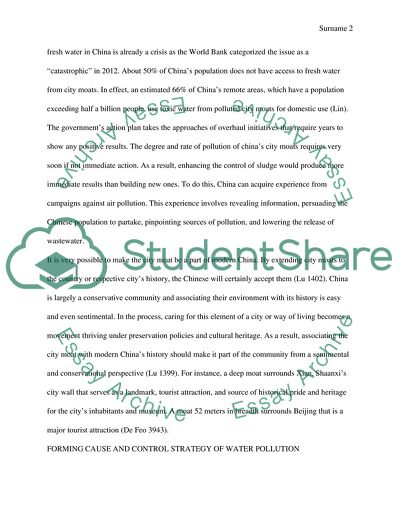Cite this document
(China City Moats Situation Essay Example | Topics and Well Written Essays - 1750 words, n.d.)
China City Moats Situation Essay Example | Topics and Well Written Essays - 1750 words. https://studentshare.org/environmental-studies/1866250-china-city-moats-siutation
China City Moats Situation Essay Example | Topics and Well Written Essays - 1750 words. https://studentshare.org/environmental-studies/1866250-china-city-moats-siutation
(China City Moats Situation Essay Example | Topics and Well Written Essays - 1750 Words)
China City Moats Situation Essay Example | Topics and Well Written Essays - 1750 Words. https://studentshare.org/environmental-studies/1866250-china-city-moats-siutation.
China City Moats Situation Essay Example | Topics and Well Written Essays - 1750 Words. https://studentshare.org/environmental-studies/1866250-china-city-moats-siutation.
“China City Moats Situation Essay Example | Topics and Well Written Essays - 1750 Words”. https://studentshare.org/environmental-studies/1866250-china-city-moats-siutation.


